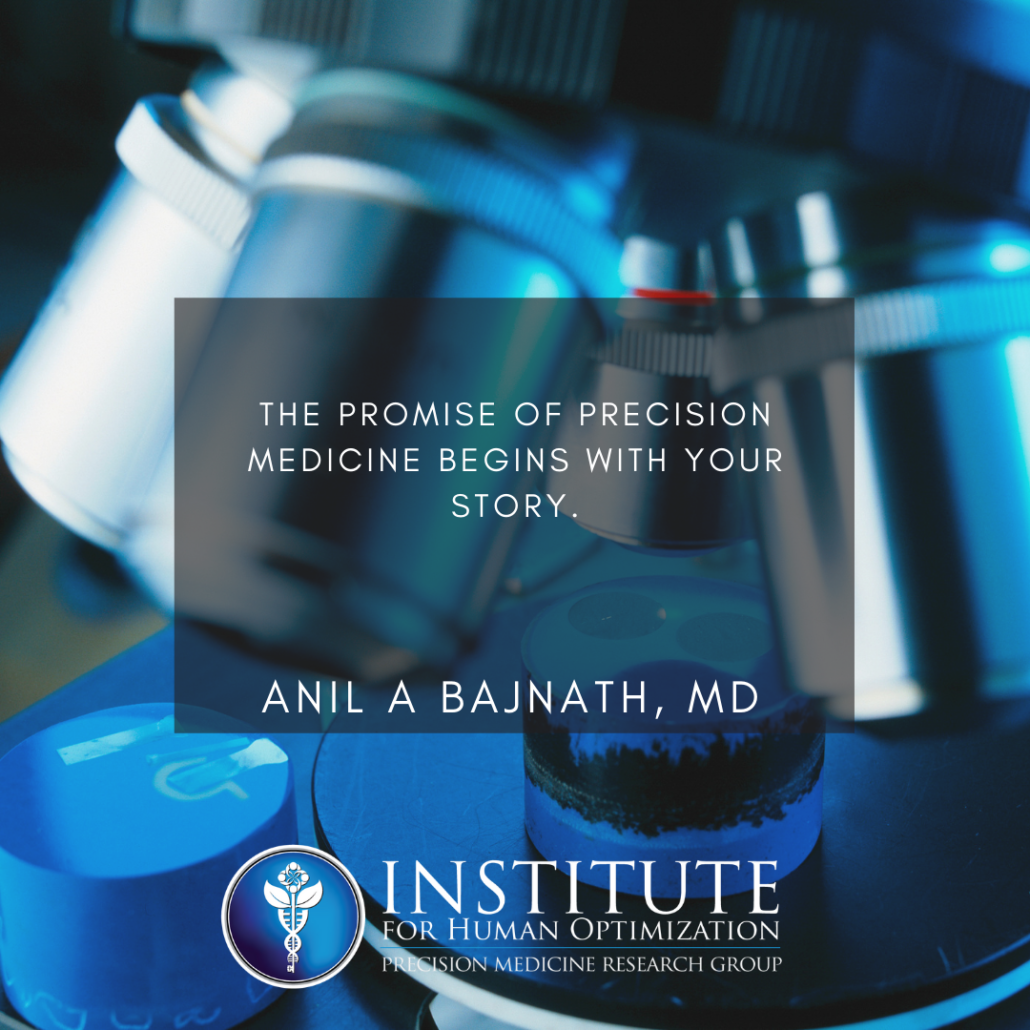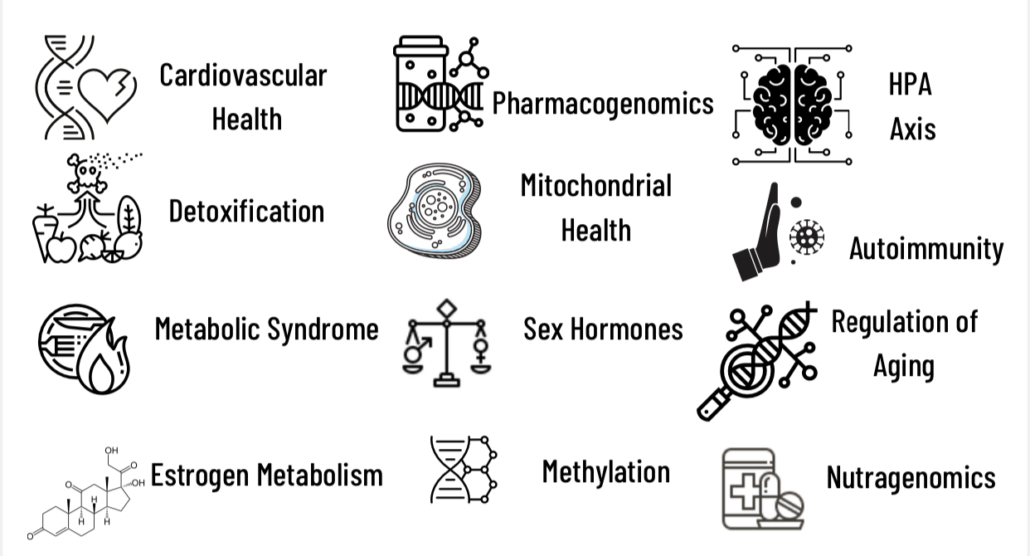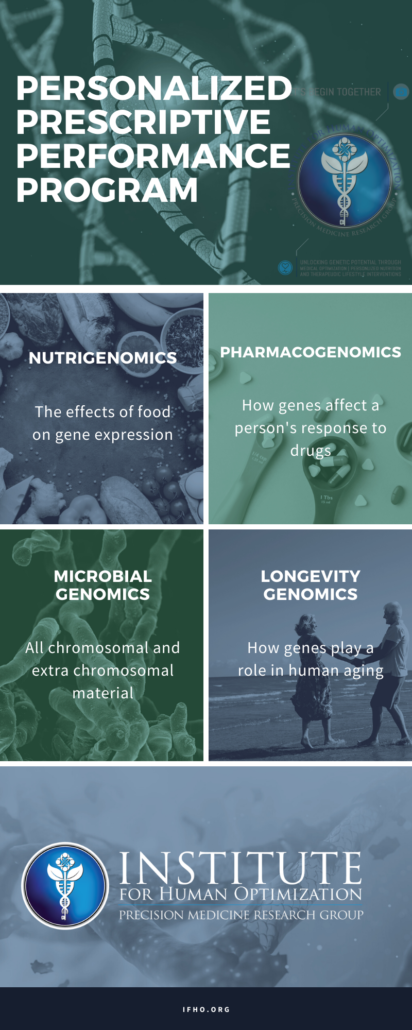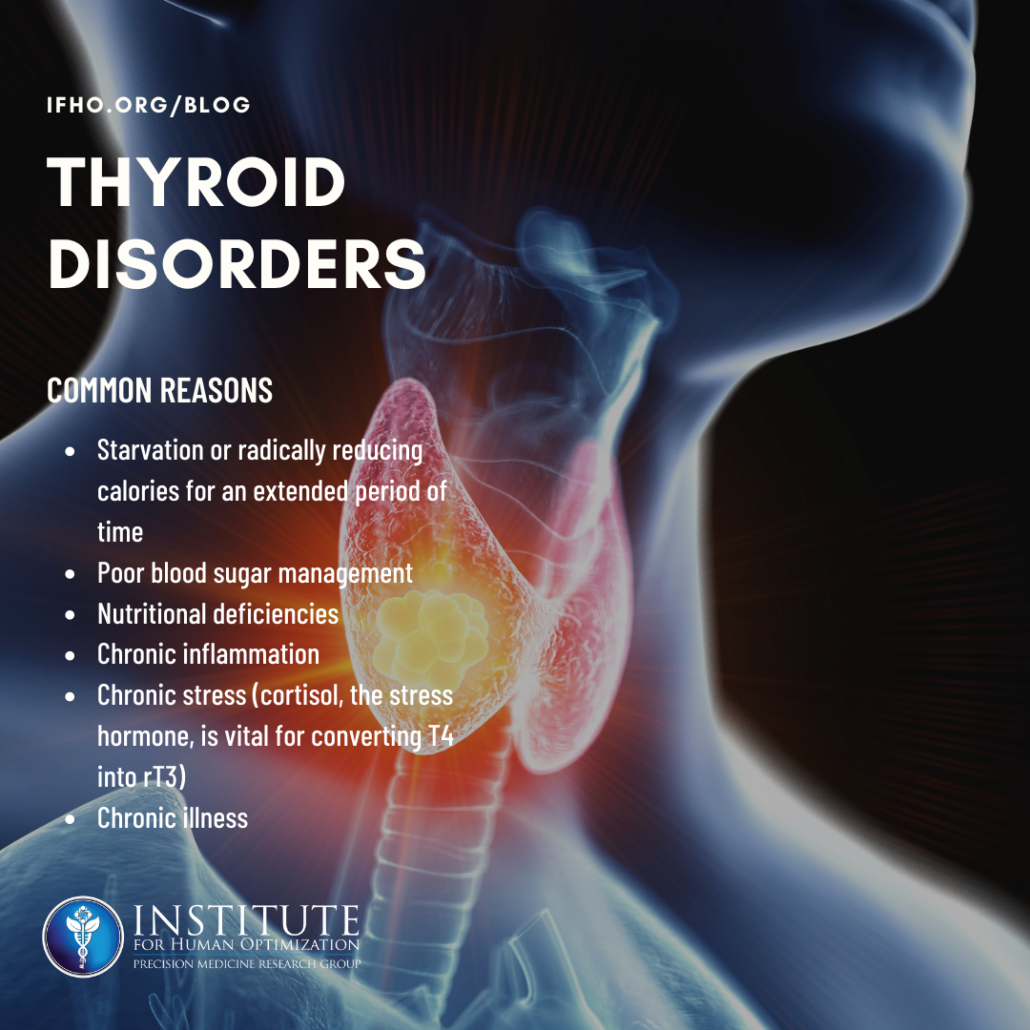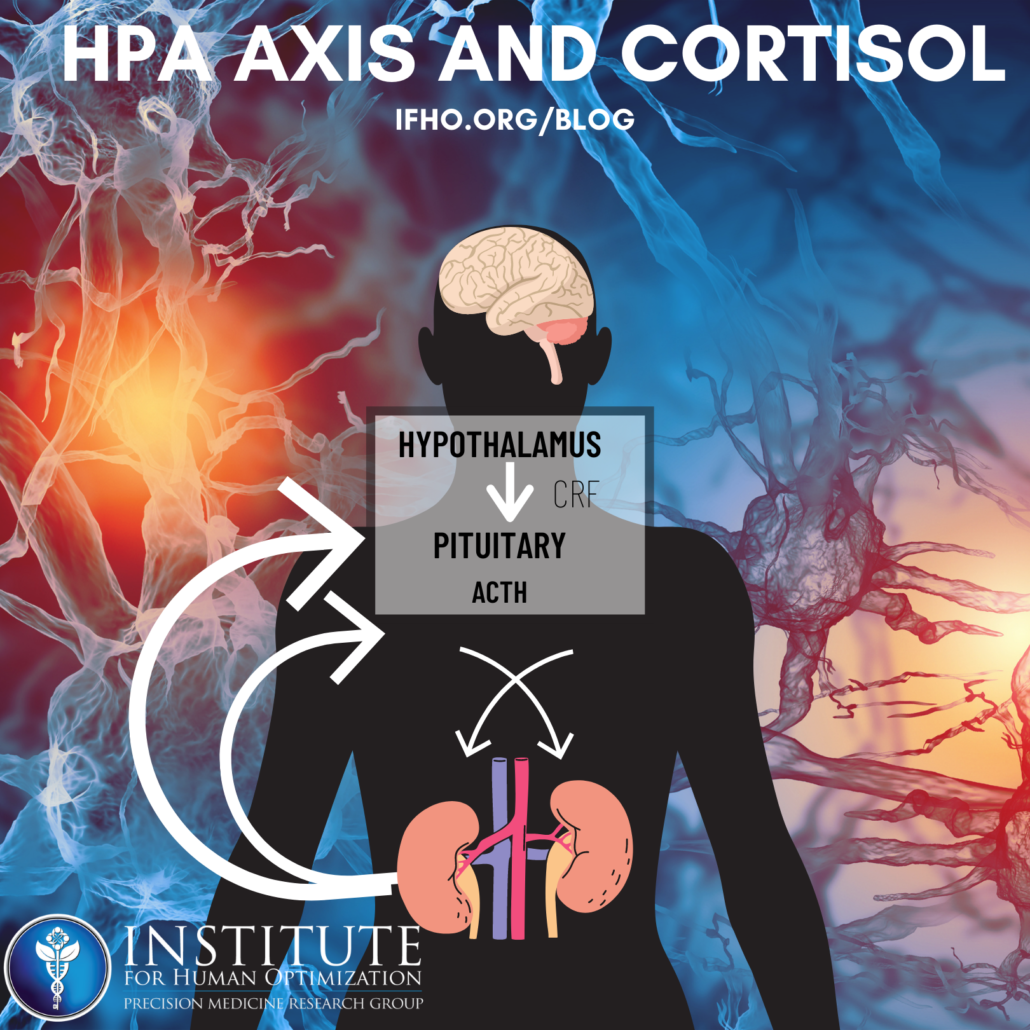When you are young, your brain has 100 billion brand-new cells called neurons, and they help your brain hum like a well-oiled machine. But as you get older, things start to change.
. . .
Aging is the number one risk factor for chronic disease. Buck Institute asserts that maintaining cognitive function is the key to living better longer.
It is estimated that 45 million of currently living Americans will develop Alzheimer’s disease. One in three people will develop memory problems so severe they may die prematurely. Unfortunately, despite the billions spent every year on drug development, pharmaceutical companies have no drug that can cure severe memory loss at this time.
How the brain ages
A study published in Archives of General Psychiatry concluded that the minor memory lapses we have been told to accept as ‘normal’ age-related memory loss are actually signs of early-stage cognitive decline. Lifestyle factors such as lack of physical activity, excessive consumption of sugar, and stress can even accelerate this decline.
Typically after the age of 40, a certain protein called amyloid beta starts to accumulate in your brain. It forms into plaques that cause inflammation and damage your neurons from the inside. Some researchers have shown that this is a mechanism in the body to protect the brain from the effects of nutrient deficiency, chronic inflammation, and excessive toxin buildup, among other things. Yet there is general agreement that although this is this case, it still contributes to clinical cognitive impairment.
Another consequence of aging in the brain is oxidative stress. Your brain weighs only 2% of your body weight, but it uses 20% of your body’s oxygen, and oxygen is the primary catalyst of oxidation. Your brain also contains high levels of iron and copper, making it extremely vulnerable to oxidative damage. This slowly erodes your memory and makes you lose mental sharpness. Symptoms like forgetfulness, trouble concentrating, and brain fog have all been linked to oxidative stress.
Some say the main cause of oxidative stress is the consumption of refined carbohydrates from processed foods, like white bread, muffins, doughnuts, cakes, and so on. According to a study published in the journal, Behavioral Neuroscience, even otherwise healthy young people who ate lots of refined carbohydrates had impaired memory. Another study looked at folks over 65 and similarly found that the more refined carbohydrates were consumed, the worse their memory was.
An additional contributor to the aging brain is when your brain cells can’t communicate with each other, which threatens the brains of 95% of people over 50. Your memory neurons can’t just work by themselves – they have to be connected to other neurons, and it’s those connections that make your memory work.
One very important chemical your brain needs for these neuronal connections to work is acetylcholine (uh-seet-l-koh-leen). It acts as a communication line between your neurons and you need it to form new memories. If your brain is low on acetylcholine, your neurons can’t talk to each other, which means your memory recall will slow down, you’ll become forgetful, and lose the ability to focus. A study done at King’s College in London found that a lack of acetylcholine leads to severe age-related memory loss.
A cause for hope
Your brain has the ability to grow new neurons, which is a process called neurogenesis. Nerve growth factor (NGF) is one of a group of small protein-like molecules called neurotrophins that are responsible for neurogenesis. NGF acts like a protective bodyguard for all these new brain cells, as well as the ones you already have. Researchers at Johns Hopkins University found that NGF halts the breakdown and death of your brain cells as you age!
To help support this process in the body, I’ve developed a state-of-the-art cognitive supplement perfect for anyone looking to enjoy crystal clear thinking, rapid memory, and a clear memory that won’t let them down.
Puromind provides you with the nutrients you need to maintain healthy, sharp, lifelong cognitive health. You will find an improved ability to recall the things most important to you, enjoy a heightened sense of well-being and peace of mind, and benefit from your mind operating better than it ever has. If you want to learn a new language, have a sharper wit, or simply want to stop dealing with those annoying ‘senior’ moments that interrupt your life, Puromind can give your brain the fuel it needs to function at 100%.
We manufacture each premium batch in an FDA-compliant, GMP-certified facility right here in the USA, and every bottle is tested for both purity and potency, so you can know that you are putting only the most nutritious, beneficial ingredients into your body. Puromind is crafted with the following five powerful, brain-boosting nutrients:
· LION’S MANE MUSHROOM: Lion’s mane mushroom supports the production of NGF, the fuel your brain needs to build new neurons. Researchers have found that Lion’s Mane mushroom is the only proven stimulant of nerve growth factor that Mother Earth gives us. In one Japanese study, researchers discovered that lion’s mane mushroom could replenish natural NGF levels, and it’s been shown to significantly improve the cognitive function of patients in just four months! In 2019, doctors and researchers at Johns Hopkins University reviewed eight different studies and three clinical trials. At the end of the review, they wrote that Lion’s Mane ‘may have a beneficial effect on cognitive impairment.’ There was also a clinical trial at Tohoku University in Japan, where researchers found that the group of people who received lion’s mane mushroom ‘showed significantly increased scores on the cognitive function scale compared with the placebo group,’ and had no side effects!
· BACOPA MONNIERI: Bacopa can help extinguish the oxidative damage that is damaging your neurons. An animal study published in the journal, Phytotherapy Research showed that bacopa both crosses the blood-brain barrier and has powerful antioxidant effects. When you clean the inflammation out of your neurons, it’s like you’re peeling away the curtain that’s been holding your brain back for all these years. Researchers in Thailand took 60 volunteers around 62 years of age and gave one group bacopa monnieri and the second group a placebo. At the end of the trial, the group who took 300mg of bacopa extract scored 20% better in working memory tests and their attention improved 33%! In yet another study published in the journal, Neuropsychopharmacology, researchers revealed that of the 76 adults aged between 40 and 65 involved in the study, the group that received 300 mg of bacopa daily had improved their memory recall and retention by 100%!
· ALPHA-GPC: Together with huperzine A (see below), alpha-glycerophosphocholine (alpha-GPC) works to boost levels of acetylcholine and help your brain cells communicate with each other. A study at Sapienza University in Italy showed it has a unique ability to cross the blood-brain barrier and directly raise acetylcholine levels, which protects your memory and gives you laser-sharp mental focus. A study published in the journal, Clinical Therapeutics, found that patients who supplemented with alpha-GPC experienced a dramatic improvement in their memory and ability to perform cognitive tasks.
· HUPERZINE A: Acetylcholine is easily broken down by your body, so adding more of it is only the first step. The second step is making sure it remains in your brain to do its job. That’s where huperzine (hoop-ur-zeen) A comes in. Huperzine A is extracted from Chinese club moss. It protects acetylcholine from being broken down by your body and can help you maintain healthy acetylcholine levels. A clinical trial performed at the Traditional Chinese Medicine Epicenter in Shanghai separated older patients with severe memory loss into two groups. All patients were given memory tests after one group was given a placebo, and another huperzine A. At the end of the trial, 58% of patients who took Huperzine A showed 36% memory improvements compared to placebo! And when you combine Huperzine A with alpha-GPC, you get a powerful combination that can both help increase acetylcholine levels and prolong its memory-boosting benefits.
· GINKGO BILOBA: Ginkgo biloba is sometimes referred to as a ‘living fossil’ because it is the last surviving member of an ancient type of plant. It boosts cerebral blood flow and makes it easier for your brain to absorb Puromind’s other ingredients, magnifying their powerful effects and delivering maximum cognitive support potential. Clinical studies also show that ginkgo is able to dramatically boost blood flow to your brain and the rest of your body almost immediately after taking it. For you, that means lightning-fast thinking and quicker memory recall.
These statements have not been evaluated by the FDA. Puromind is not intended to diagnose, treat, cure or prevent any disease.
How can The Institute for Human Optimization assist me?
At The Institute for Human Optimization, my team and I leverage the most cutting-edge advances in genetic testing, nutritional, and functional medicine to help our patients treat the root biological imbalances that cause aging. I believe that a long healthspan – not just a long lifespan – is the most important thing you can cultivate. A long healthspan means you don’t miss out on life as you get older. It means remaining independent and having the vitality to travel and see the world. A long healthspan means that you can be there – in full body and mind – for the people who need you the most and that every day will feel like a gift.
The Institute for Human Optimization provides the most comprehensive, data-driven, personalized approach to wellness. It is:
· Predictive – We use genomics and advanced biomarker testing to risk stratification and empowerment.
· Personalized – We use data-driven health information to curate actionable change for disease mitigation and prevention.
· Preventive – We utilize highly individualized programs tailored to your unique genomic blueprint.
· Participatory – We empower engagement in personal choices, which allows for improved outcomes and enhanced results.
Let’s work together to make a long healthspan your reality!

